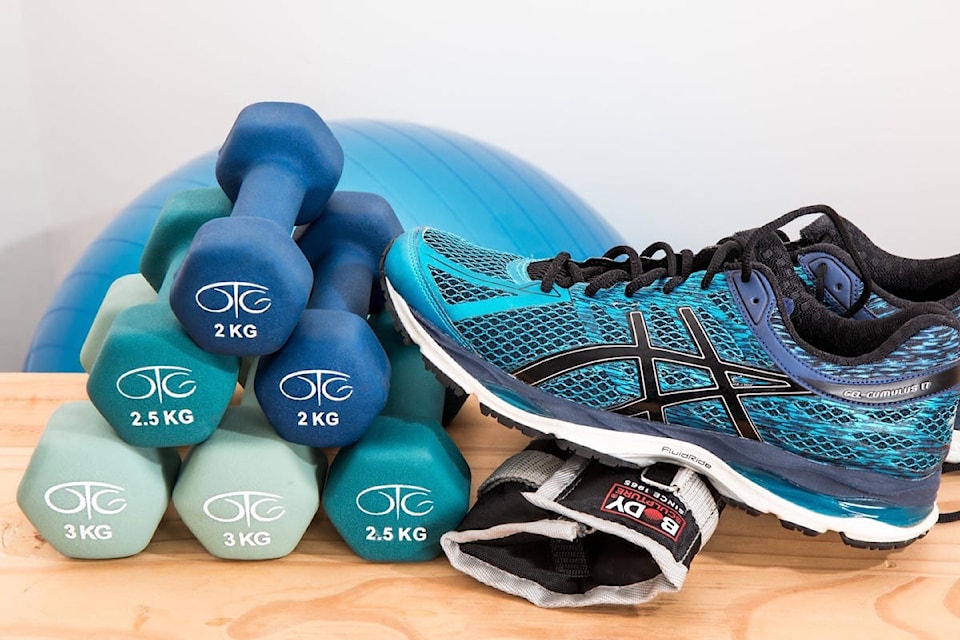Ron Cain | Contributed
COPD is an acronym for chronic obstructive pulmonary disease, and it is not a single ailment but a group.
COPD is characterized by difficulty breathing, shortness of breath, difficulty exerting oneself and fatigue. The most common cause is smoking, and the earlier COPD is detected and treated, the better the prognosis.
Asthma is another common form of COPD. The condition can worsen with age and, in its most severe stages, result in a requirement for oxygen. Exposure to airborne toxins is another common cause in occupations like firefighters, although not as common as 50 years ago, thanks to better safety practices.
RELATED: UBC ‘breakthrough discovery’ will change treatment for COPD patients
Can exercise help COPD? Absolutely, and it should be considered essential for all but the most severe cases. When you exercise, you are strengthening respiratory muscles and the muscles that generate and support movement. Stronger muscles are more fatigue resistant.
Persons with COPD and asthma can train. I had a client 30 years ago that was very dependent on inhalers and at 40 was very de-conditioned. Using a heart rate monitor we determined how hard her heart could work before her asthma started to act up. By monitoring the heart rate and keeping her running speed constant, we were able to jog.
Initially, it was more walking than running, but she graduated to continuous running over six months. Together we ran a 10k, and despite cold, rainy weather, she completed the race in 62 minutes.
The key here was taking a scientific approach to the training and building an awareness of the body’s response to increasing workloads. Too many people just randomly exercise, and when they experience difficulty, quit.
There are great tools to help people – heart rate monitors can be programmed with alerts for when the heart rate gets too high, Pulse oxygen monitors can be put on the end of a finger and give a reading of the per cent of oxygen in the blood, and this feedback allows the person to back off when the per cent drops too low.
If you have COPD and want to get into an exercise program, talk to your GP and ask for guidelines. Start with walking and set realistic goals such as 15 minutes. You need to rest or slow down when there is shortness of breath. Be patient. It may take weeks of daily walking to reach your goal.
ALSO READ: Ease your way into running
Other excellent exercise choices include resistance training that is done traditionally, not circuits. Even regular resistance training, e.g. 2-3 sets of 10-15 repetitions, challenges the heart and lungs and can improve the endurance of both the muscles and the lunges while stimulating weight loss.
You do not want to join a class or group program, as our ego wants to try and keep up, and we can lose sight of the need to monitor closely and self-pace. You also do not want to do any form of interval training where periods of very high intensity are followed by lower intensity recovery.
COPD is a severe condition – if you are a smoker, the earlier, you quit the faster you reduce your risk.
In large part, our lifestyle decisions made today determine if we will have a healthy retirement or one where we spend our hard-earned savings on medications and care. Sounds like an easy choice to me.
•••
Ron Cain is the owner of Sooke Mobile Personal Training. Email him at sookepersonaltraining@gmail.com.
editor@sookenewsmirror.com
Like us on Facebook and follow us on Twitter
